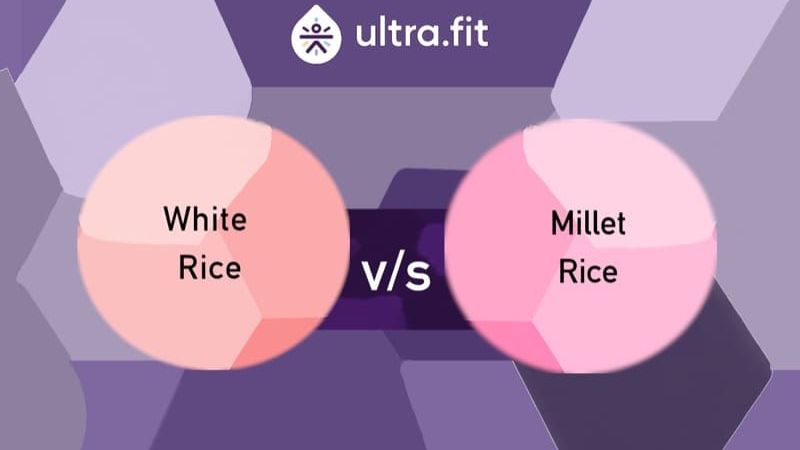

Our Review Process
Our articles undergo extensive medical review by board-certified practitioners to confirm that all factual inferences with respect to medical conditions, symptoms, treatments, and protocols are legitimate, canonical, and adhere to current guidelines and the latest discoveries. Read more.
Our Editorial Team
Shifa Fatima, MSc.
Author
Dr. Apoorva T, MHM.
MEDICAL ADVISOR
The Better Choice Experiment
Components
1. White Rice
2. Millet Rice
Experiment Question
White Rice OR Millet Rice?
Experiment Answer
Millet Rice
Millets are rich in fiber, have a low GI and have shown to improve glycemic control, according to studies. Since Millets dont have a very strong flavour, it can be easy to experiment and adopt as a replacement for white rice.
Scientific Rationale
Nutritional Profile of Millets
Millets are a family of grasses known as Poaceae, which bear small seeds, grown traditionally in Asia and Africa for centuries. Millets are high in nutritional content and low in GI. They fall under the category of complex carbohydrates that help them keep their stomachs full for longer times, as compared to simple carbohydrates like white rice and wheat flour.
Millets are whole grains. The basic difference between processed grains and whole grains is that processing removes the outer membranes of these grains, making them nutritionally deficient compared to whole grains. Millet is an unprocessed grain and hence gives you a complete dose of nutrition.
Different Types of Millets
· Common millet (also known as Pro so, Barri in India)
· Pearl millet (commonly known as bajra in India)
· Foxtail millet (commonly known as kangni in India)
· Finger millet (commonly known as ragi in India)
· Little millet (commonly called samai in India, a common form of rice substitute eaten during fasts)
· Sorghum millet (commonly known as jowar in India)
· Kodo millet (commonly known as Kodra in India)
Benefits
The scientific basis behind feeling fuller for longer is low GI. This means that millets will cause a slow and gradual increase in blood sugar levels, which helps the body use glucose more sustainably.
Besides being low in GI, millets are also high in essential macronutrients like fibre and proteins while also being rich in micronutrients like vitamins, minerals and antioxidants. Millets are also gluten-free, making them suitable for people with gluten intolerance (Celiac disease). Hence, millets can be seen as an alternative form of grain suitable for a larger population.
There have not been many scientific studies to identify the individual health benefits of all the different forms of millet. Still, all scientists and researchers have unanimously agreed that millets help control high blood sugar levels and are easily digested. In addition, dietary fibre content is high in millets, which helps in absorbing food better.
Millets are best consumed at breakfast. Starting your morning with low GI food ensures you are full for long hours, have the necessary energy to perform all routine tasks, and have a healthy blood sugar level throughout the day. Most people have millets in the form of porridge and oatmeal for breakfast. You may also make a healthy khichdi with millets and vegetables and have it for lunch. Using different forms of millet flour for making rotis or chapatis is also a common practice, with people opting for healthier meals. Innovative recipes like stuffing chicken breasts with millets with a dash of (unprocessed) cheese and herbs may also be a refreshing twist to mundane chicken recipes.
Millets can help maintain a healthy blood sugar level and keep your hunger cravings in control. In addition, it prevents you from overeating and bingeing on processed food.

Disclaimer
This website's content is provided only for educational reasons and is not meant to be a replacement for professional medical advice. Due to individual differences, the reader should contact their physician to decide whether the material is applicable to their case.






_1lAR9W.png)
_Z12iaBn.png)
